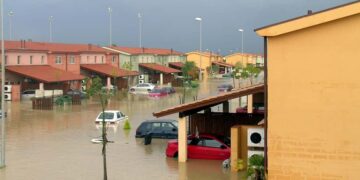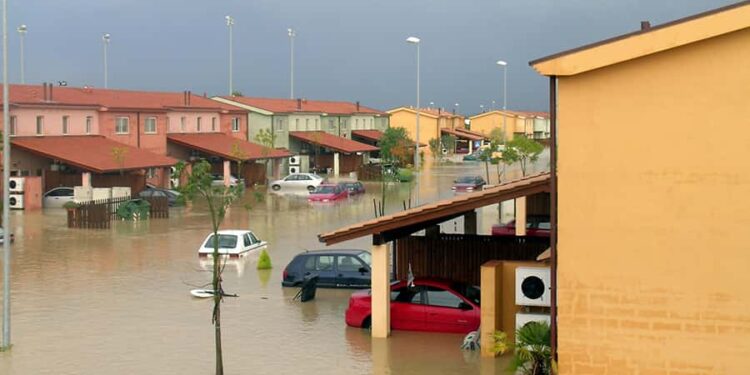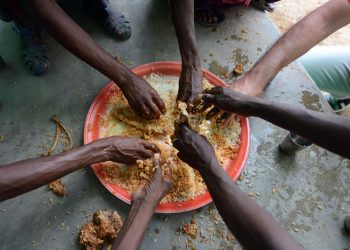By Ebi Kesiena
As heavy rains and flash floods continue to wreak havoc across East Africa, the Kenyan government on Monday urged residents in flood-prone areas to relocate to higher ground.
Official report indicates that at least 76 people have died and 40,000 displaced from their homes since the rains began pounding the country in October.
President William Ruto convened an emergency cabinet meeting on Monday, noting that 38 of Kenya’s 47 counties had been affected by floods and mudslides made worse by the El Niño phenomenon.
State House spokesperson Hussein Mohammed also noted “disease outbreaks, destruction of infrastructure and property as well as prolonged power outages” across Kenya and the region.
The worst affected areas are the coastal cities of Mombasa and Malindi and the northern Kenya region which borders Somalia, also hit hard by flooding.
In Kenya’s Garissa town, thousands of people have been displaced after their homes were swept away.
“All roads are destroyed. I don’t even know where people will go,” Garissa resident Joel Ngui told The Associated Press.
Many roads and bridges have been washed away or partially destroyed, making it difficult to reach people marooned by flood waters.
Residents living by the Tana River, Kenya’s largest, have been left homeless and hungry after it burst its banks.
Ealier on Sunday, President Ruto activated a National Disaster Operation Center but fell short of declaring the floods a national emergency. His spokesperson, Hussein, said that could change “if things get out of hand, if things get worse.”
However, Kenya’s meteorological department has warned that the heavy rains will continue into the new year.
Somalia, death toll from the flood stood at 96 on Monday, while Ethiopia, 44 people had been killed.


































